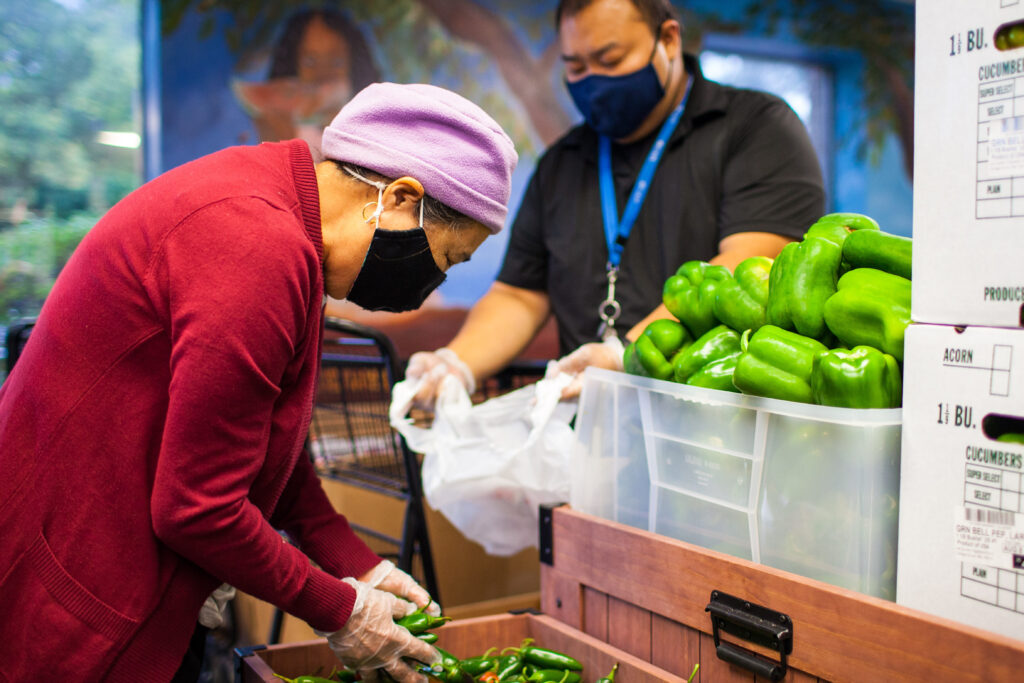
This Asian American and Pacific Islander Heritage Month, we’re celebrating AAPI trailblazers and groundbreakers working across Minnesota food’s system. We’re also celebrating immigrant-led organizations with deep roots in the AAPI community—like our longtime food shelf partner, CAPI USA.
CAPI and The Food Group have been collaborators since 2000, working together toward a healthier food system and partnering to supply nutritious, culturally connected food.
CAPI and The Food Group have worked closely together for many years at first around usually food procurement but later more closely around Super Shelf reconfiguration, food shelf best practices, and consulting on expanded food systems work.
– Paul Andrighetti
CAPI USA Director of Community Advocacy
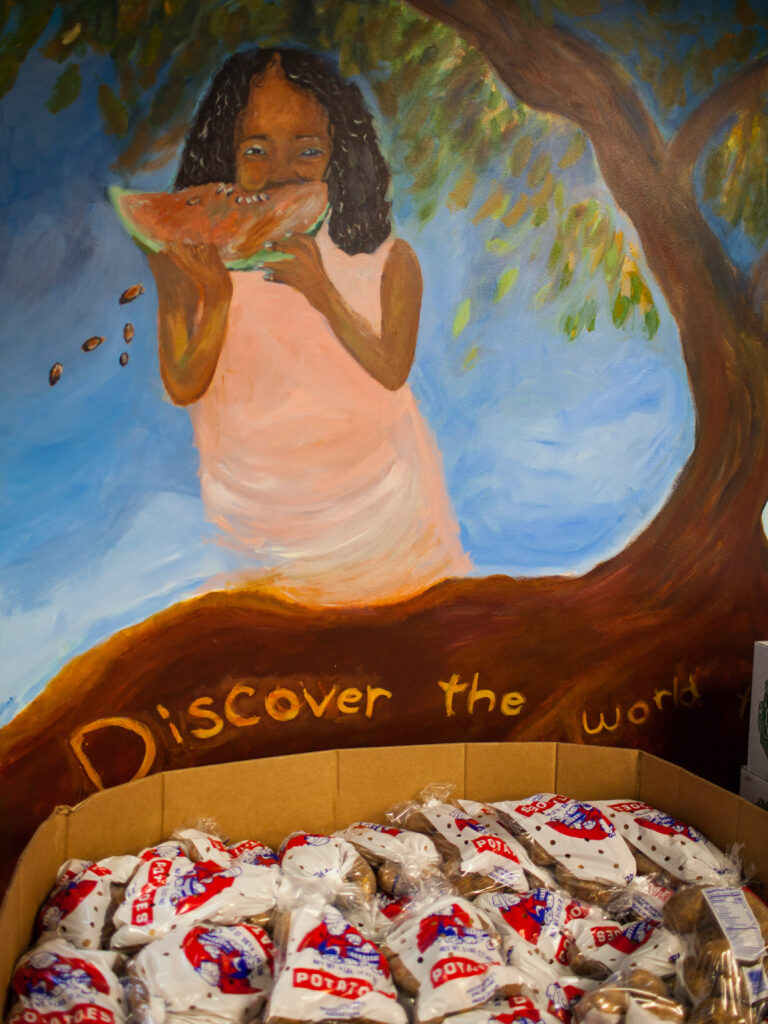
CAPI’s Grassroots
CAPI USA has a rich grassroots history. In the early 80s, a group of passionate people saw a significant need in their community and rose to meet it, forming the Center for Asian and Pacific Islanders.
“Originally, we started as the Center for Asian and Pacific Islanders (CAPI) back in 1982, when Hmong, Vietnamese, and Laotian refugees were coming into the United States and particularly here in Minnesota. We started as a food shelf in the basement of a little church and then grew from there,” Paul shared.
For twenty years, CAPI focused on serving the AAPI community in Minnesota. At the heart of that early work was a food shelf that offered culturally connected cuisine to Asian American and Pacific Islander immigrants. Today, CAPI USA serves immigrants coming to Minnesota from all over the world. Paul commented, “we saw that many other immigrant communities beyond the AAPI community had really similar needs and were coming to many of our programs.”
Still, CAPI has remained true to its roots, maintaining a strong connection to the AAPI immigrant community in Minnesota. Paul explained, “CAPI’s true vision has always sort of remained the same and just changed from AAPI to immigrants. And that is about creating a pathway for prosperity and [immigrants’] ability live a dignified and prosperous life.”
Following The Community’s Lead
CAPI leans on the wisdom of the immigrant communities they serve. Historically, Paul commented, many nonprofits have relied on a top-down approach to community service, but CAPI believes “the person who knows best what they need is the person who has the need.” CAPI follows their lead in everything from culturally connected food decisions to policy priorities.
One example is their Hmong Senior Program. Several years ago, CAPI learned that housing was an increasing issue for Hmong seniors. In response, they organized groups to hear from seniors struggling with housing. That led to meetings with political leaders where elders could ask questions and explore housing solutions.
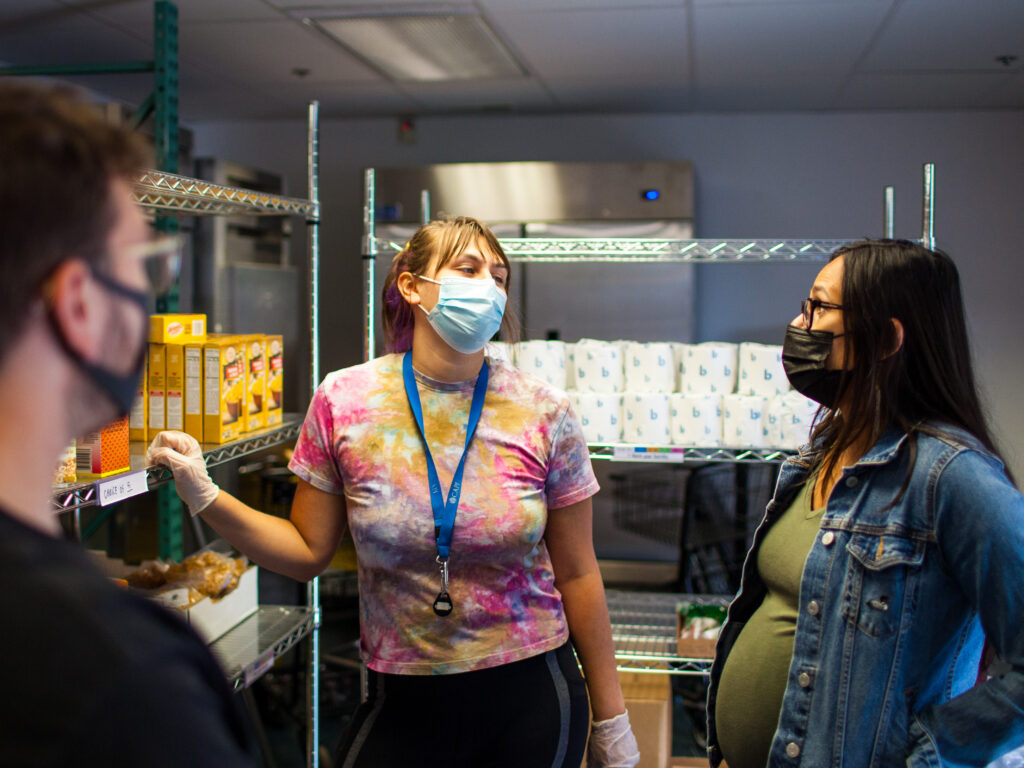
Sometimes it’s public safety, other times it’s food, or other things that are taking priority for needs—and we want to be responsive to that. And the only way we do is by staying well connected to the community.
– Paul
A Passion for Culturally Connected Food
Culturally connected food has always been at the heart of CAPI’s work. It’s a passion The Food Group shares. Paul commented on our partnership over the years:
The Food Group has likewise always strived to find locally sourced cultural foods that both support diverse local farmers and culturally sensitive food shelves like ours.
– Paul
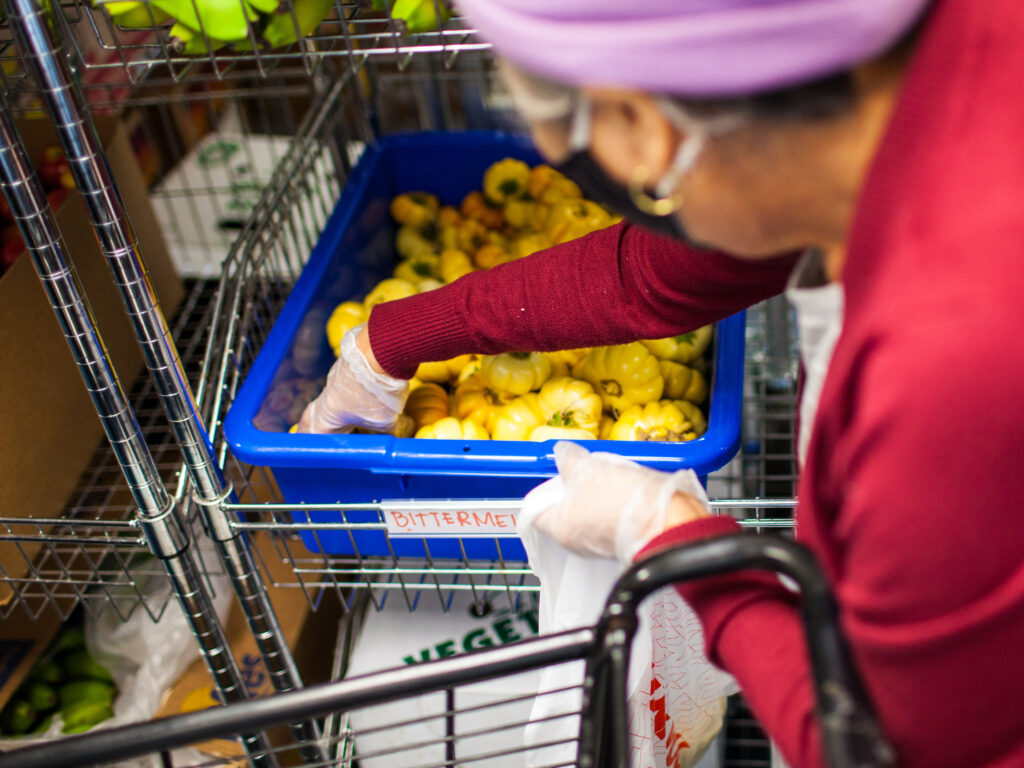
CAPI USA and The Food Group have also worked together on best practices for implementing Super Shelf, a food shelf model that emphasizes participant dignity.
Blong Vang, Food and Nutritional Coordinator, manages CAPI’s culturally connected food shelf and enjoys face time with community members.
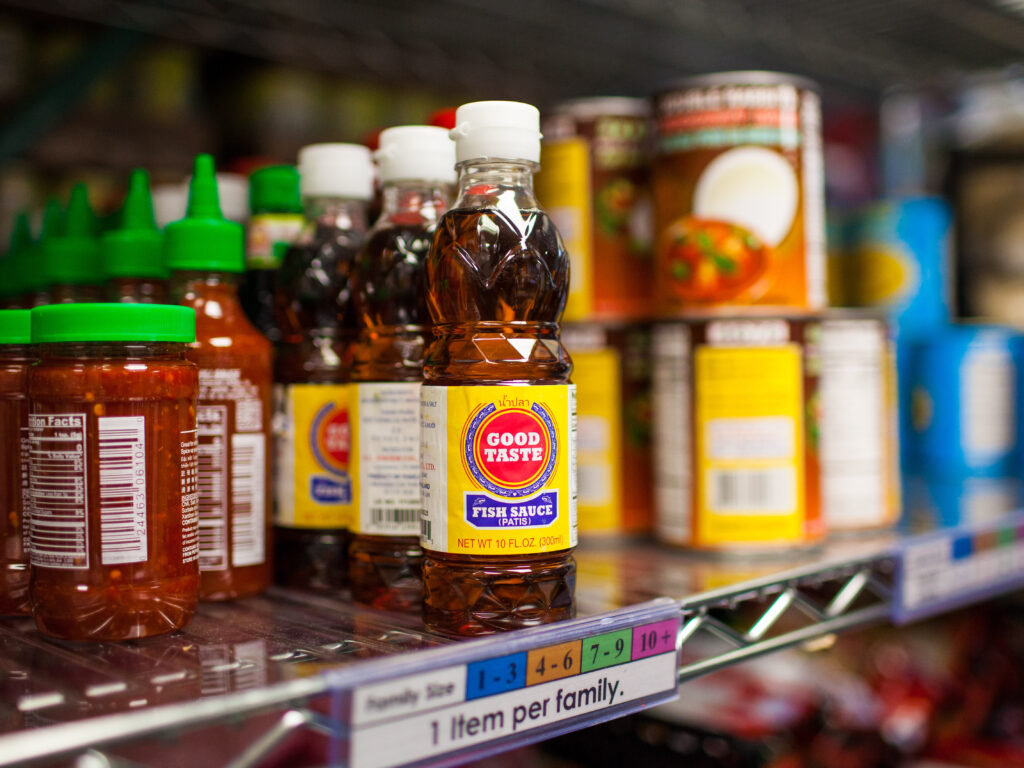
We’re actually giving food that people have at home, whether it’s fish sauce, whether it’s Fufu. We get a lot of our food rescues from the Asian market.
– Blong Vang
CAPI Food and Nutritional Coordinator
Blong often hears surprise and gratitude from visitors who can’t find ingredients central to their cultural cuisine. He believes in providing food that makes people feel at home.
I try to match the food to what the community actually is… and relate the food to what they eat in a day and give them some comfortability of what home used to be.
– Blong
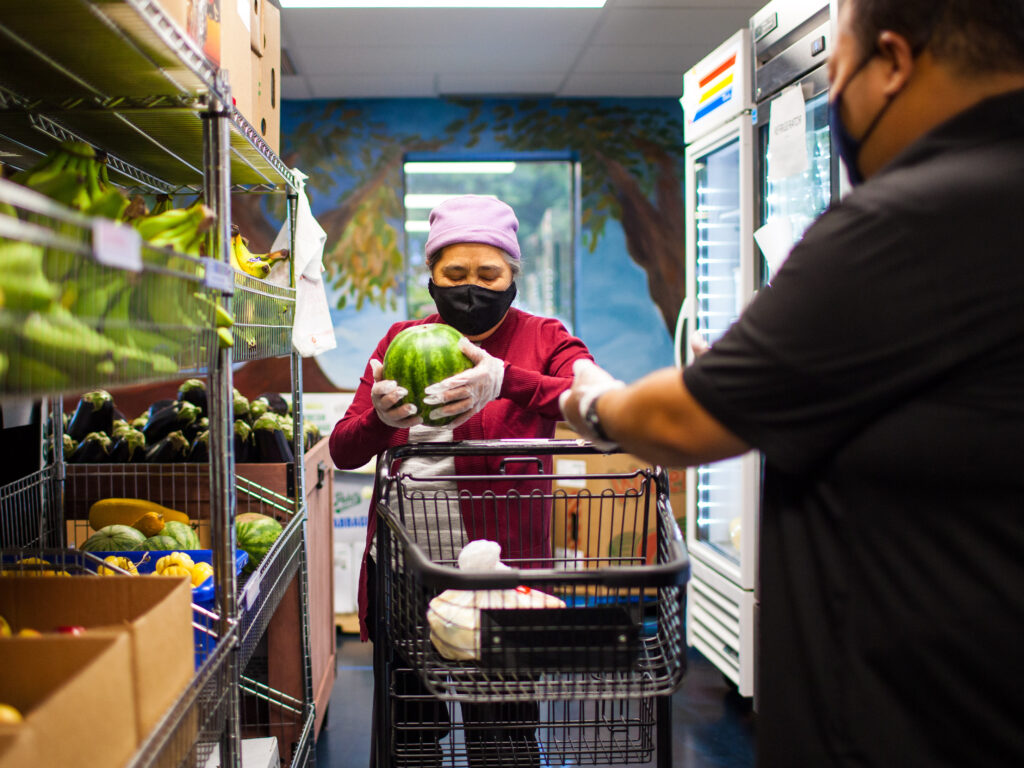
Paul added:
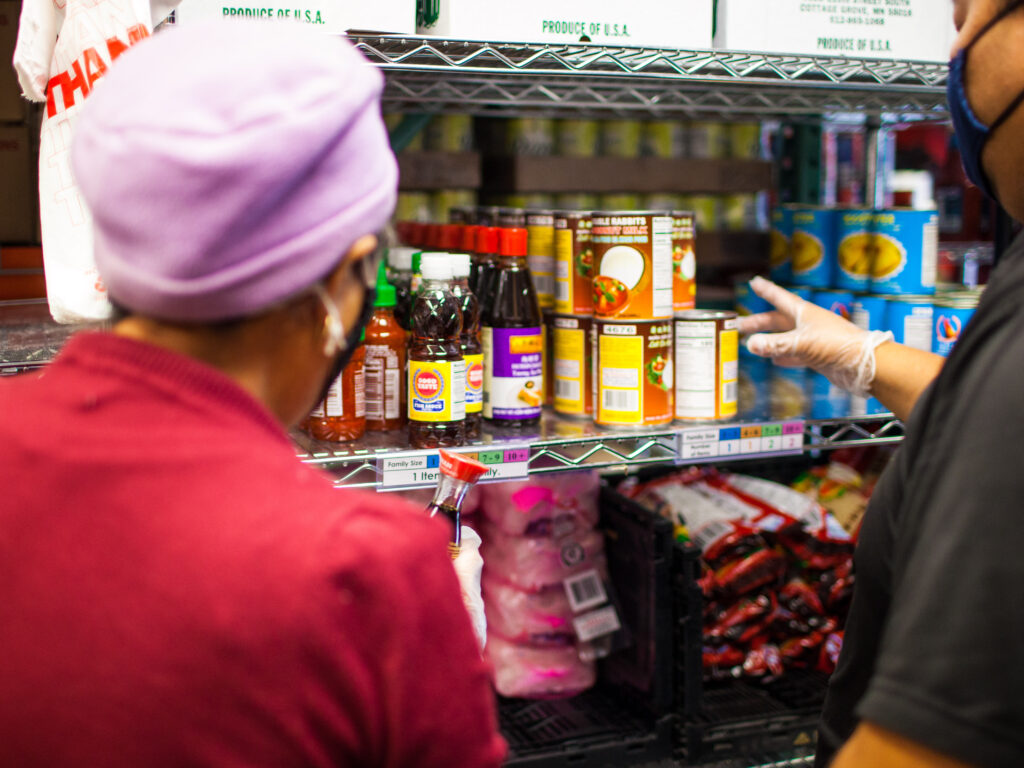
Food shelves need to be more than just a place to come get food. They need to be in the work of cultural preservation. Poverty should not prevent you from being able to make your cultural dishes.
– Paul
Blong has also noticed that food can be a bridge between generations. He often talks to older community members who are surprised and excited that he’s eating the same dishes—like shrimp paste—they grew up eating. Sometimes, visitors will even bring Blong dishes to sample!
Barriers to Food Access for AAPI Immigrants
The Food Group’s 2024 Food Shelf Data Report found that food assistance needs are rising. CAPI observed the same in the immigrant communities they serve. They estimate a 60-65% increase in monthly service delivery with demand holding steady through the long winter months.
Immigrants experience unique barriers to food access, such as transportation. Paul explained that new immigrants may not have a driver’s license, access to a car, or family that is able to drive them to get food. Additionally, many immigrants who once lived in South Minneapolis were forced out when the area became too expensive. Many now live in Brooklyn Park and North Minneapolis, where there are less public transit options, longer waits and commutes, and less affordable grocery options.
Another barrier to food access for Minnesota immigrants is age.
The vast majority of the Hmong senior clients we serve are in extreme poverty and fall well below the poverty lines.
– Paul
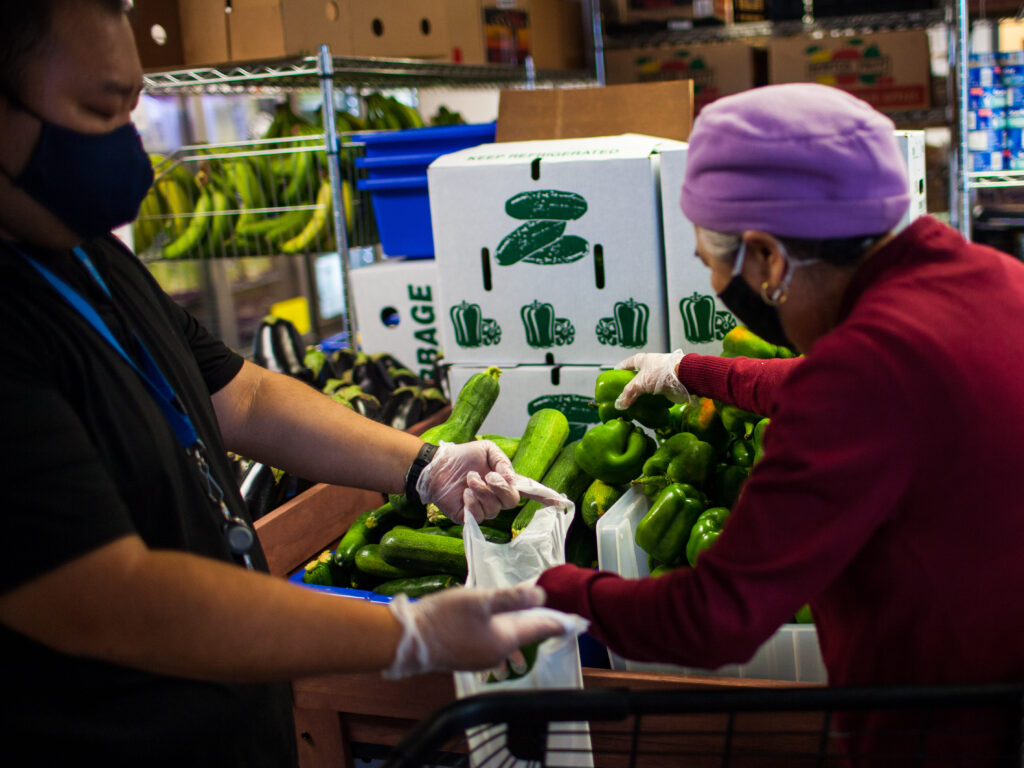
For immigrant elders who came to the US as an adult, their social security payout is much smaller because they have not been paying into it as long. For most, it’s not enough to cover rent let alone weekly groceries.
Despite the barriers, Blong remarked on the strength of immigrant communities in caring for each other, often through food. In Hmong culture, it’s common to pitch in for birthdays and celebrations to make sure everyone gets something to eat—and something to take home. He purposefully mirrors that practice at CAPI’s food shelf.
Honoring AAPI Heritage Month
The Food Group shares CAPI’s commitment to providing nutritious, culturally connected food informed by the needs of community. We are honored to partner with CAPI USA in this shared vision. This AAPI Heritage Month and always, we celebrate AAPI leaders and organizations like CAPI USA who evolve and innovate to meet the needs of their community.
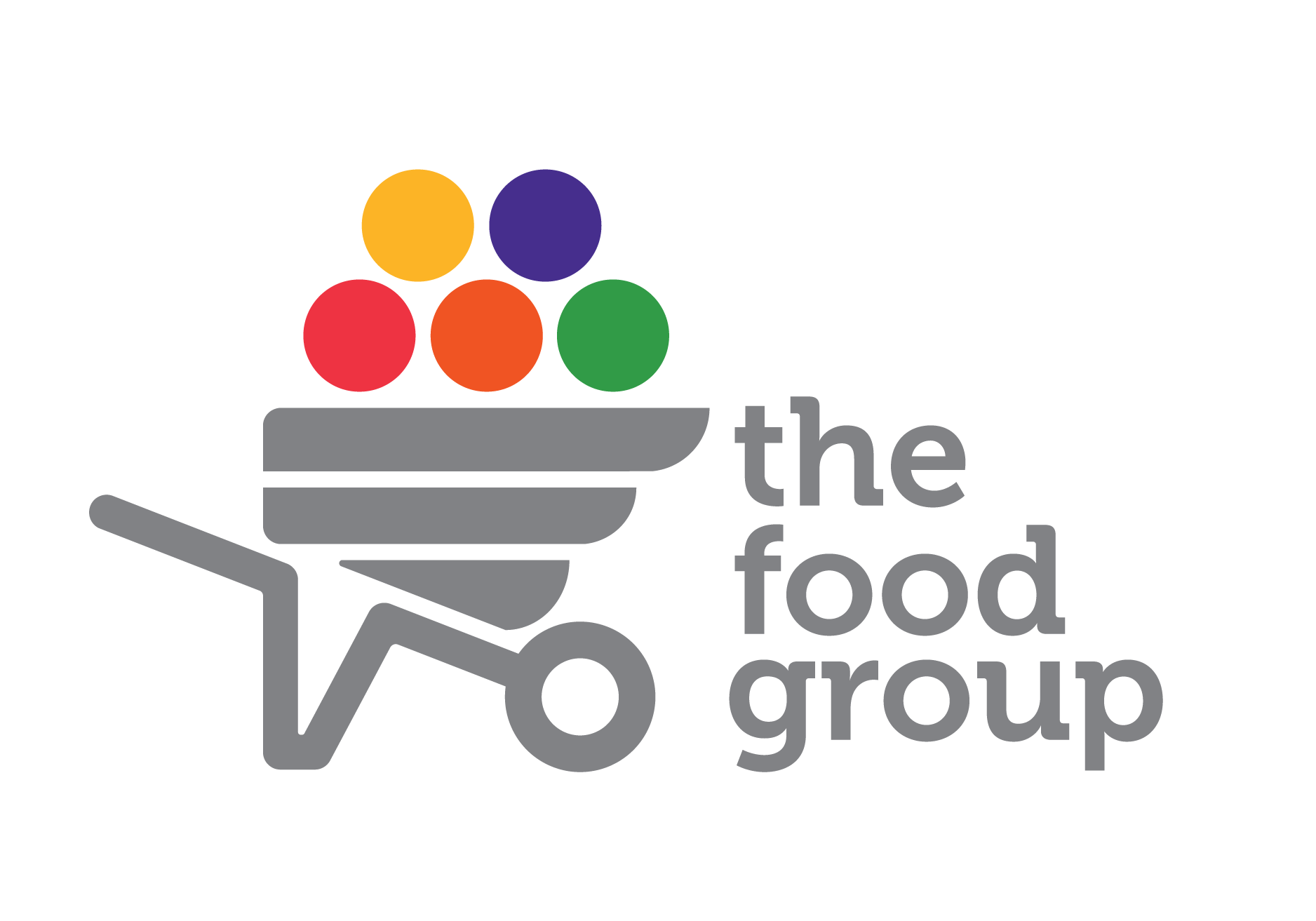

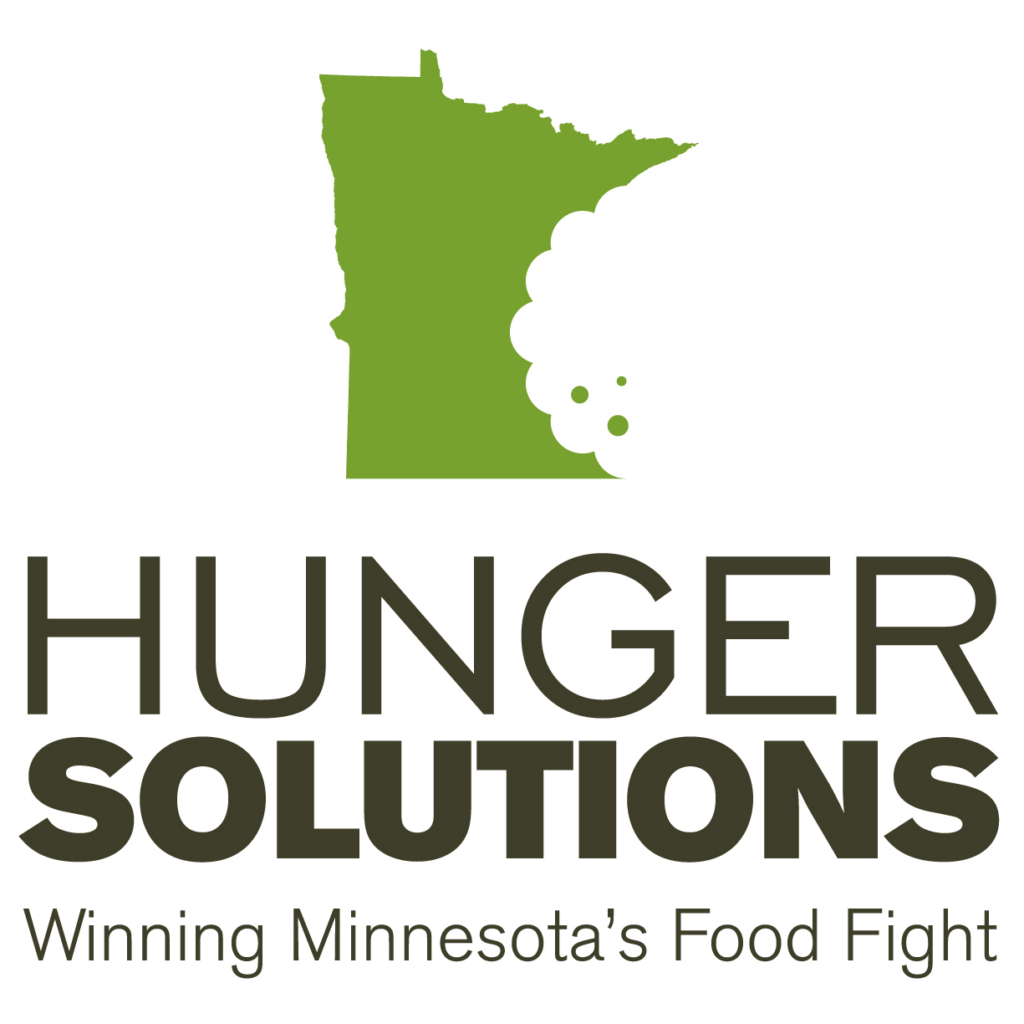
You must be logged in to post a comment.